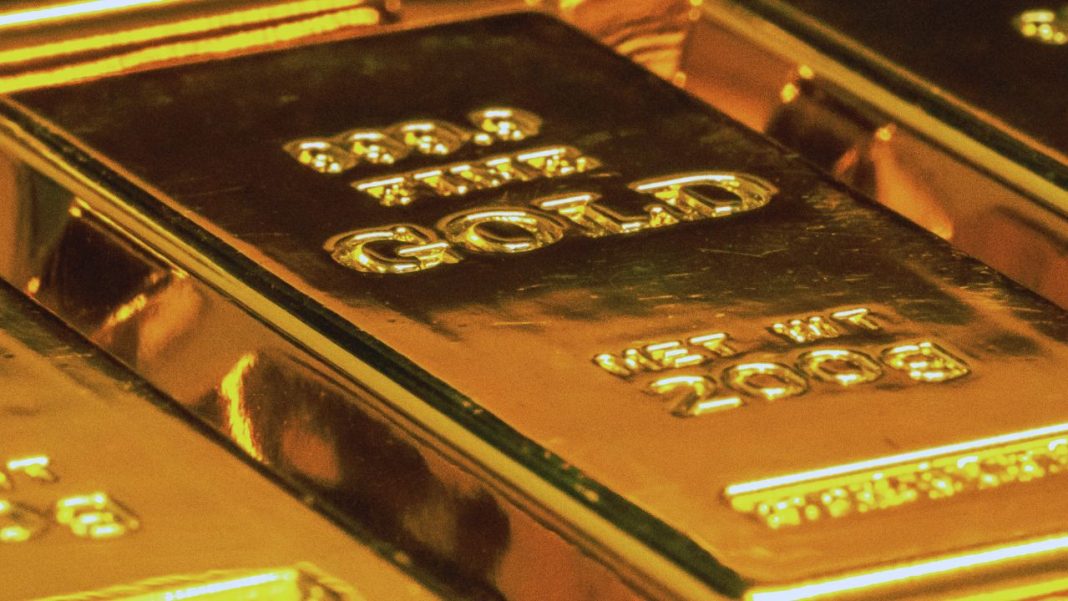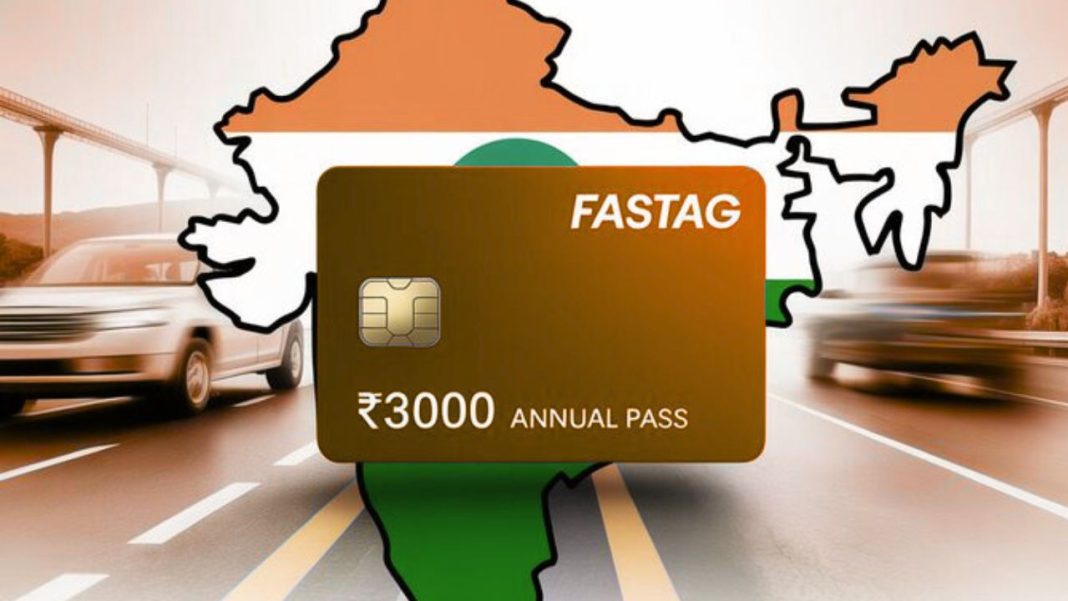In April 2025, the global gold market witnessed an extraordinary surge, with prices hitting historic highs amid growing economic and geopolitical tensions. The primary catalyst was U.S. President Donald Trump’s announcement of sweeping new tariffs on countries running trade surpluses with the United States. These tariffs, ranging from 10% base rates to retaliatory levels as high as 145%, triggered widespread fears of a renewed global trade war. As a result, investors worldwide sought the safety of gold, a classic hedge against uncertainty and inflation.
Spot gold prices responded swiftly. Within days, prices surged from around $3,000 to over $3,100 per ounce, and by mid-April, intraday records of $3,500+ were being reported. The impact reverberated across global markets, prompting sharp declines in equities and weakening the U.S. dollar, both of which reinforced gold’s upward trajectory. Central banks, particularly in emerging markets, accelerated their gold purchases, further driving demand. As markets grew increasingly volatile, analysts noted that gold had become the asset of choice in a world uncertain about trade, inflation, and interest rate policies.
Gold’s surge in April was a textbook case of geopolitical instability fueling flight-to-safety behavior. The combination of policy-driven risk and inflationary pressure formed the perfect storm for a gold rally of historic proportions.
| Month | Gold Spot Price (USD/troy ounce) | Gold Price (INR/10 grams) (24K) |
| April 2025 | $3,288.78 | ₹97,910 |
| May 2025 | $3,289.55 | ₹97,310 |
| June 2025 | $3,266.41 | ₹97,260 |
| July 2025 | $3,285.78 | ₹1,00,030 |
| August 2025 | $3,383.25 | ₹1,03,110 |
Impact of Trump’s Tariffs on Gold Prices Globally
President Trump’s tariff policy announcement created shockwaves across the global economic landscape. Designed to counter perceived unfair trade practices, the aggressive tariff regime reignited fears of an economic slowdown. These fears were compounded by increased political friction with China, Europe, and several Asian economies. Investors quickly began shifting assets into gold, perceiving it as a more stable and secure store of value amid the chaos.
The immediate effect was a historic rise in gold prices. Global spot markets saw an unprecedented rally, with gold peaking well above $3,148.88 per ounce. According to The Economic Times and Reuters, the price climb was significantly accelerated by a weakening U.S. dollar, investor pessimism about equities, and rising expectations of central bank interest rate cuts. Major investment firms like Goldman Sachs upgraded their gold price forecasts, suggesting that the metal could remain above $3,100 through the end of the year.
The bullish outlook is rooted in both investor sentiment and sustained institutional buying. Central banks in China, India, and Russia expanded their gold reserves throughout the second quarter, signaling long-term confidence in the asset’s ability to shield against currency devaluation and inflation.
Gold Price Movements in India Over the Last Three Weeks
India, as the world’s second-largest consumer of gold, experienced significant ripples from the global surge. The domestic market saw a steady rise in gold prices, driven by both international price movements and domestic currency depreciation against the U.S. dollar.
- April 29, 2025: Gold opened at ₹95,316 per 10 grams on the MCX, reflecting recent corrections from earlier highs of around ₹99,358.
- May 6, 2025: 24K gold climbed to ₹9,846 per gram (~₹98,460 per 10g), with 22K at around ₹9,025 per gram.
- Mid-May (May 12–16): Gold further climbed to ₹96,535 on MCX and ₹98,680 for 24K in retail markets.
This reflects a 1.5% to 3.5% increase over the three-week period.
The surge in Indian gold prices is not only attributed to global demand but also to domestic factors like rising import costs, a weakening rupee, and seasonal demand during the wedding season. With imports becoming costlier under elevated global prices and higher duties, traders passed costs onto consumers, sustaining upward pressure.
While the global market reacted with sharp price hikes, countries like India felt the heat through increased retail prices and import costs. As long as trade tensions persist and central banks continue their gold acquisitions, gold is expected to remain a pillar of stability in an increasingly volatile global economy.
Read More: Trump 2.0: Controversial Policies that are shaping his second round of Presidency



